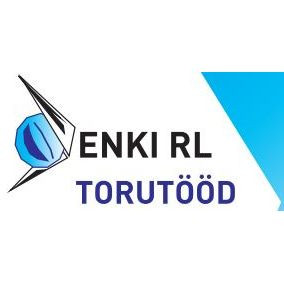The homeowner's guide to radiator installation
Radiator heating systems are a traditional and efficient way to heat homes and businesses. They work by circulating hot water or steam through a network of pipes and radiators, which then radiate heat into the room. This method of heating is known for its ability to provide consistent warmth and comfort during the colder months.
Installing radiators offers numerous benefits, including cost-effectiveness, energy efficiency, and the ability to create a cozy and inviting atmosphere. Radiators are also known for their longevity and can be a stylish addition to any room.
Types of Radiators
Central heating radiators are connected to a boiler and are a common choice for whole-home heating. They are efficient and can be controlled via a central thermostat.
Electric radiators are standalone units that can be plugged into an electrical outlet. They are ideal for supplemental heating or for spaces without access to a central heating system.
Designer radiators come in various styles and materials, allowing homeowners to choose a unit that complements their interior design while providing efficient heating.
Pre-Installation Considerations
Before installing a radiator, it's important to assess your heating needs. Consider the size of the space, insulation levels, and the desired temperature to determine the appropriate size and type of radiator.
With various types and sizes available, selecting the right radiator is crucial for optimal performance. Factors such as heat output, size, and design should be considered.
Installing a radiator requires specific tools and materials, including wrenches, brackets, piping, and sealant. Ensure you have everything you need before starting the installation.
The Installation Process
The installation process involves several steps, from turning off the heating system and draining existing radiators to mounting the new radiator and connecting it to the heating system. Detailed instructions will guide homeowners through each step.
While some homeowners may opt for DIY installation, professional installation is recommended for those who are not experienced with plumbing and heating systems. This ensures the installation is done safely and correctly.
Maintenance and Troubleshooting
Regular maintenance, such as bleeding radiators and checking for leaks, can extend the life of your heating system and ensure it runs efficiently.
Homeowners may encounter issues such as cold spots, noise, or leaks. This section will provide solutions to common radiator problems, helping you maintain a warm and comfortable environment.






Comments (0)